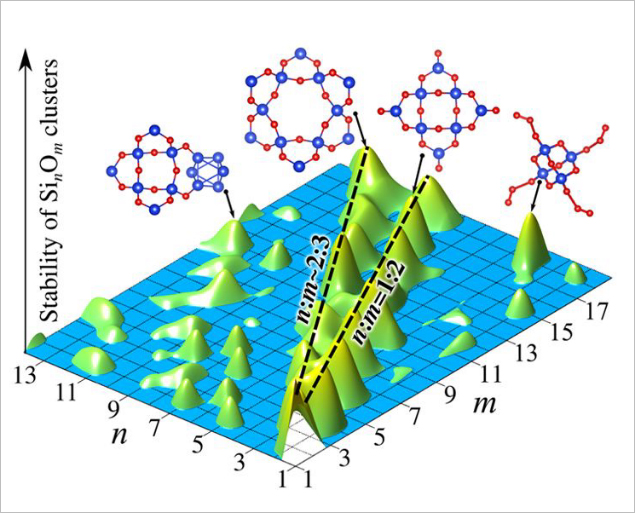- Details
"Diffractometers at the NEPTUN pulsed reactor"
S. V. Sumnikov
The design and characteristics of diffractometers of the first-stage for the new neutron source NEPTUN at FLNP JINR are discussed. The concept of diffractometers takes into account the existing experience of their operation at the IBR-2 reactor and worldwide trends. The proposed diffractometers in a number of key parameters will be significantly superior to the instruments operating at IBR-2. Their creation will make it possible to successfully solve almost any modern problems of structural neutronography.
- Details
“Molecular backbones and islands of stability”
Artyom Oganov (Skolkovo Institute of Science and Technology, Moscow)
It is well known that only special combinations of numbers of protons and neutrons provide stable nuclei. There is a widely known trend towards greater nuclear stability with an even number of protons (and also an even number of neutrons) as compared to odd neighbors - and this is expressed in a much larger prevalence of even elements compared to neighboring odd ones. Shell effects, maximum for "magic" nuclei, are of significance.
There is a deep analogy with molecules. Some molecules, consisting of target elements, are produced much easier, are more inert and accumulate in more significant concentrations than other ones. These molecules possess completed shells - both electronic and structural. For instance, for binary AnBm molecules a stability map can be developed on which "the instability sea”, as well as "ridges" and "islands" of stability are presented. Introduction of the concept of magic molecules provides a powerful apparatus for chemistry.
Link to the event on the JINR website
Stability map of the molecules SinOm. From the research paper: Lepeshkin et al., J. Phys. Chem. Lett., 2019.
- Details

 Directorate of the Frank Laboratory of Neutron Physics
Directorate of the Frank Laboratory of Neutron Physics
is delighted to invite you to attend
the Seminar dedicated to the 65th Anniversary of the Laboratory
Venue: JINR International Conference Hall, Stroiteley St., 2
Date: October 28, 2022, 14:00
More details: 65th Anniversary of FLNP
Programme
14:00 - 14:15 Opening: Shvetsov V.N.
14:15 - 14:50 Shabalin E.P.
Pulsed reactors - the uphill road of FLNP
14:50 - 15:25 Furman W.I.
IBR-30 and fundamental nuclear physics. Selected chapters
15:25 - 15:40 Coffee Break
15:40 - 16:15 Balagurov A.M.
Neutron scattering in condensed matter research at FLNP (1957-2022)
16:15 - 16:50 Gordeliy V.I.
Biology in FLNP: from models to biological systems (my memories)
16:50 - 18:30 Open Mic Time for open speech and discussion
- Details
"Neutron diffraction in condensed matter research"
V. A. Turchenko
The modern level of development of neutron diffractometers makes it possible to successfully use the unique properties of neutrons to study the crystal and magnetic structure of bulk materials, determine the position of light atoms in the presence of heavy ones, as well as to study structures containing elements with similar atomic numbers. The neutron diffraction method is indispensable for conducting comprehensive research in the field of condensed matter physics, biology, chemistry and materials science. It is used for a detailed study of magnetic ordering in crystals, for determining the magnitude and directions of magnetic moments for specific ions, and also allows us to establish the relationship of structural features of materials depending on environmental conditions (temperature, pressure, magnetic and electric fields). The development of a new high-flux pulsed neutron source, the new-generation reactor NEPTUN, will contribute to further expanding the possibilities of neutron diffraction.
- Details
ION BEAM ANALYSIS REPORTS IN THE GROUP "INSTALLATION OF EG-5" in 2022
Phan Luong Tuan
Ion beam analysis (IBA) is based on the interaction between accelerated changed particles and the bombarded material. This leads to the emission of particles or radiation whose energy is characteristic of the elements which constitute the sample material. The report shows the results of what we have done in 2022, what we are doing now, and what we plan to do with regard to the IBA experiments as Rutherford backscattering spectroscopy (RBS), Elastic recoil detection (ERD), Particle induced X-ray emission (PIXE) and Nuclear reaction analysis (NRA) carried out by the EG5 group.



